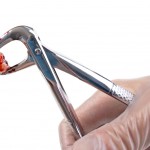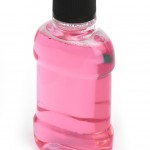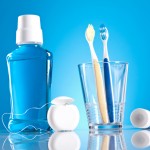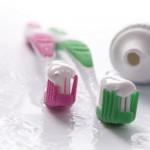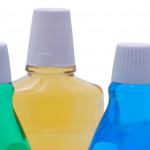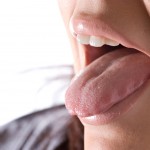
Xerostomia is a subjective sensation of dry mouth, this is a common symptom particularly in older adults and has a variety of causes. Pilocarpine is a cholinergic agonist that non-selectively binds to muscarinic receptors in smooth muscles in the gastrointestinal, urinary and pulmonary systems and stimulates the production of secretions from the salivary and sweat [read the full story…]
